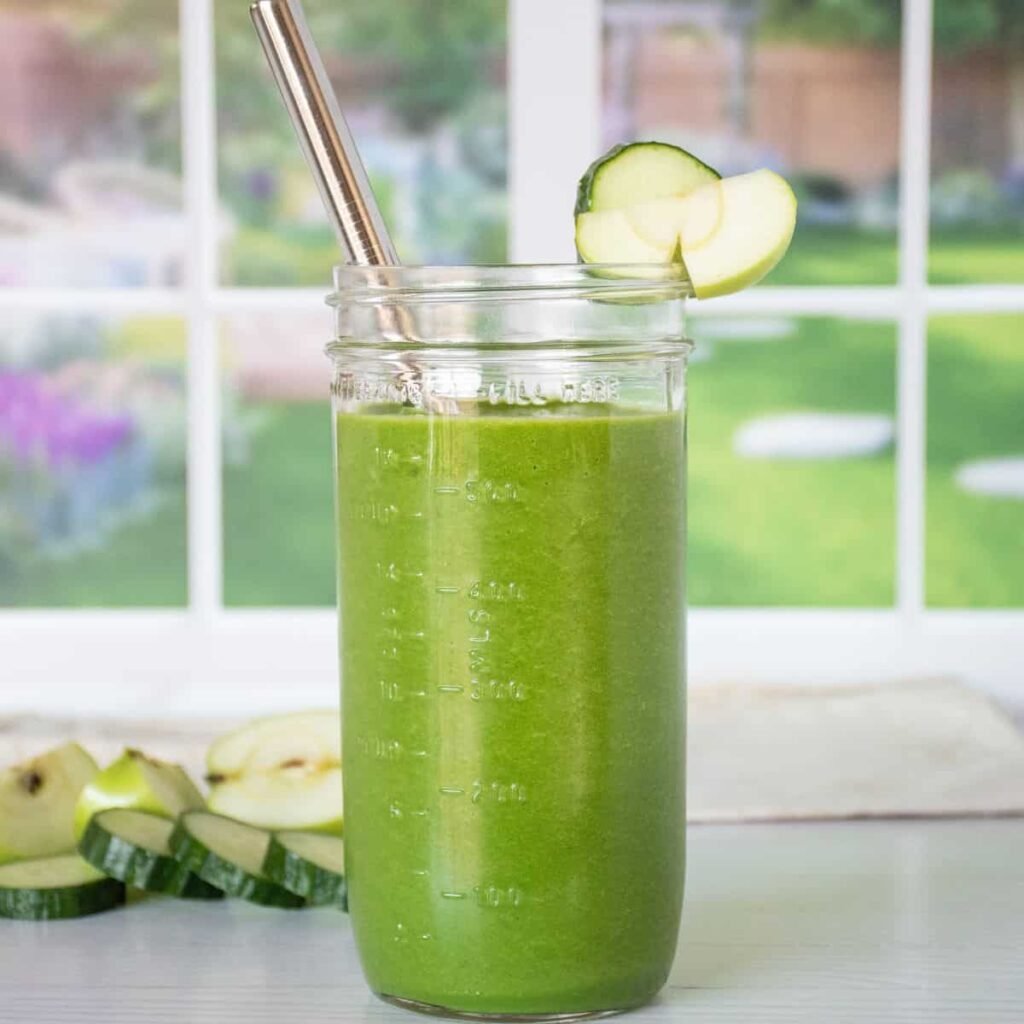Nutrition
Sallah Chicken stew

Sallah Chicken Stew
Ingredients
-1 ½ pounds of chicken thighs
-Flour
-3 medium-sized onions
-4 cloves ofgarlic
-Ginger
-Pepper
-3 fresh tomatoes
-Chicken seasoning
-Curry powder
-½ grated nutmeg
-Oil
-Salt
-Rosemary
Preparation
-First wash and put chicken in a saucepan
-Marinate chicken withblended ginger, onion, garlic, salt and chicken spices for 30 – 45 minutes.
-Stir and steam for about 5- 10 minutes. Do not add water.
-Heat saucepan over medium-high heat until hot and add the oil.
-Fry on one side until browned and then flip over.
-Add chopped onion and garlic and fry until tender and starting to brown.
-Stir in tomato paste, blended pepper, and tomatoes.
-After 6-10 minutes, add chicken stock and allow to cook.
-Taste for salt, add rosemary, curry powder, nutmeg and chopped onions.
-Finally, add fried chicken and allow to simmer for three minutes.
-Serve chicken stew with rice or preferred accompaniment.
Compiled by Elizabeth Agyeibea Ackon
Nutrition
Palm nut soup

Palm nut soup is a Ghanaian dish that can be served with so many foods. It has a rich base of palm nuts combined with tomatoes and various vegetables that makes it very nutritious.
Preparation
Ingredients
– 1 kilogramme of palm nut
– Half kilogramme of beef
-One kilogramme of goat meat
-Three large salmon
-One full tuna
– A handful of turkey berries
-Two large onions
-4 large tomatoes
-3 large garden eggs
– One tin of mackerel
-Ten large peppers
– One large ginger
-2 cloves of garlic
– Four fingers of okro
– Salt to taste
Instructions
-Wash, cook palm nut, turkey berries, and pepper and add salt to it.
-Grind palm nut, turkey berries and pepper with mortar and pestle or mini food processor.
-Wash goat meat, beef, Tuna, salt and put on fire.
– Blend onion, garlic, ginger and tomatoes and pour on the goat meat.
– Add smoked tuna and salmon and okro to the soup.
-Use a spoon or ladle to skim off the surface oil.
-Garnish the soup with the okro or garden eggs as desired.
-Serve with fufu, banku or Omo tuo.
Nutrition
Cucumber and apple smoothie

Ingredients
-Two medium sized cucumber
-Three apples
-Four tablespoonful of honey
-Crushed ice
-Two cups of yoghurt
-One tablespoonful of blended ginger
– One tablespoonful of celery and mint
Preparation

-Wash and slice cucumber, apple into smaller sizes
-Blend until it is smooth
-Add honey and a little water to it
-Add crushed ice and yoghurt
-Blend it till you achieve your desired texture
– Then serve







